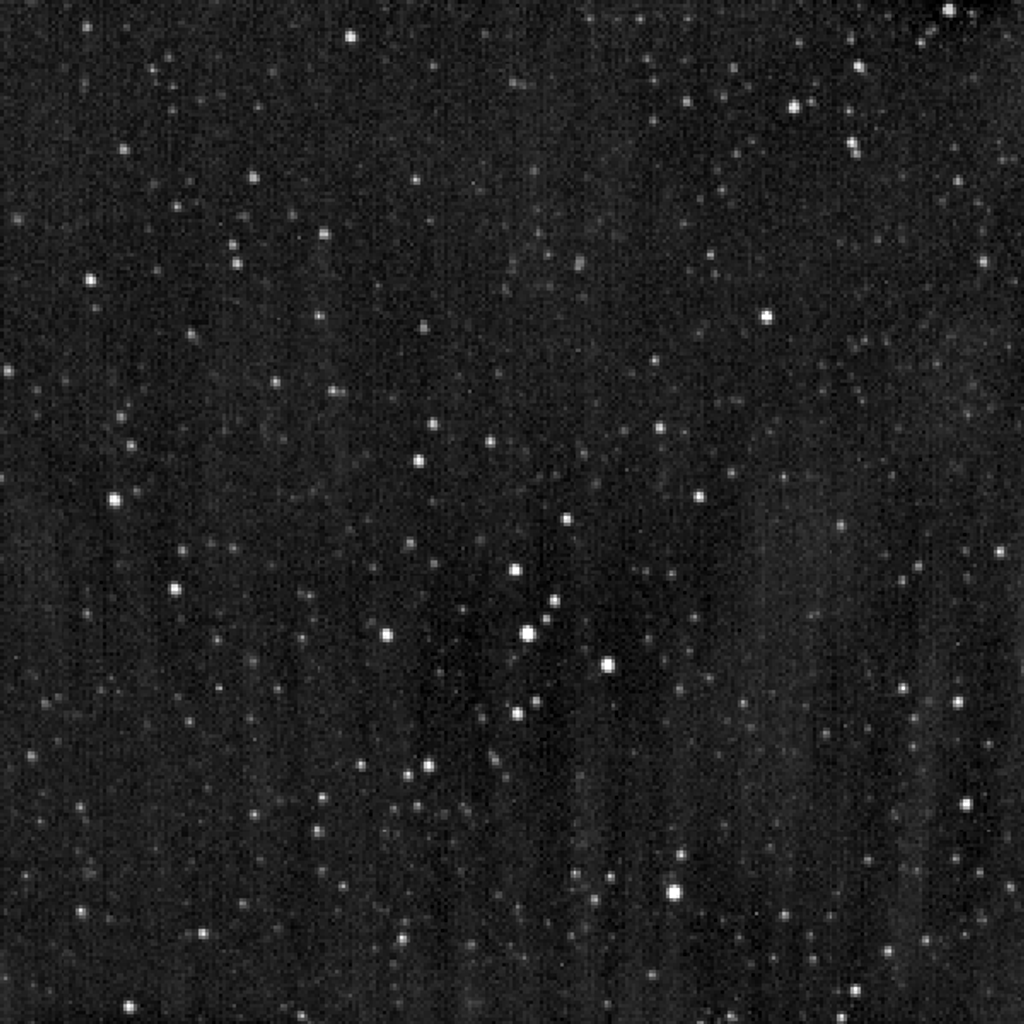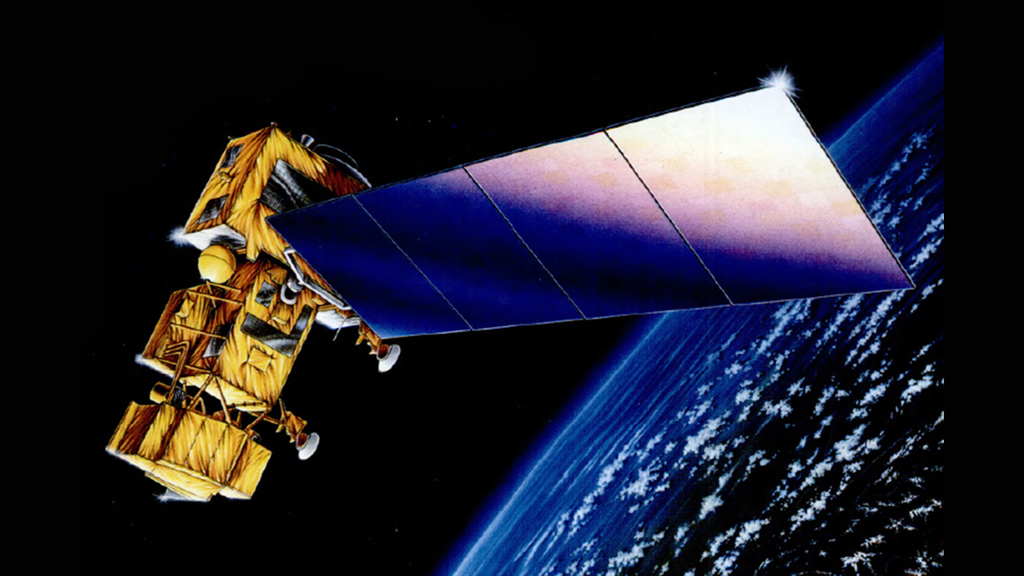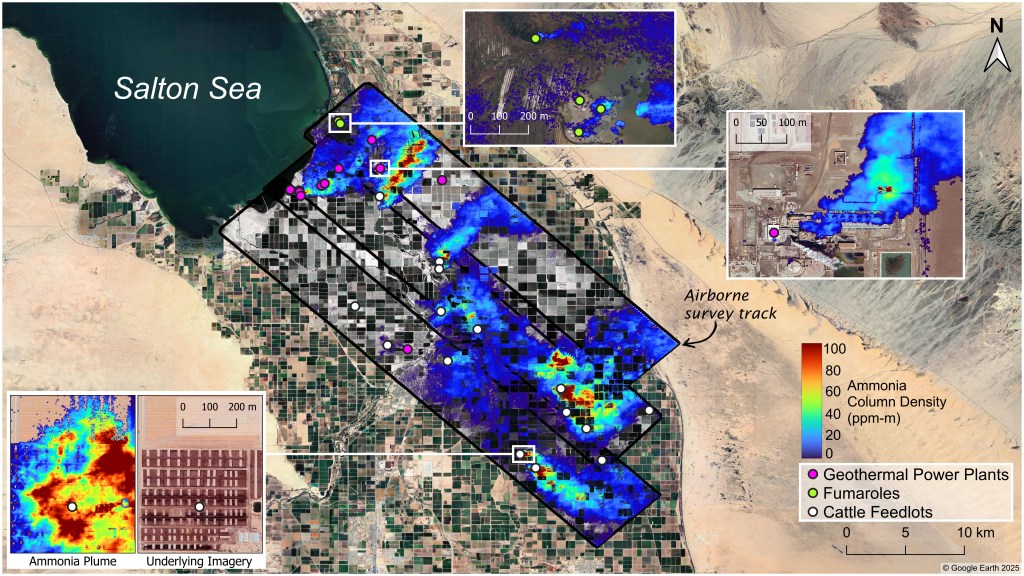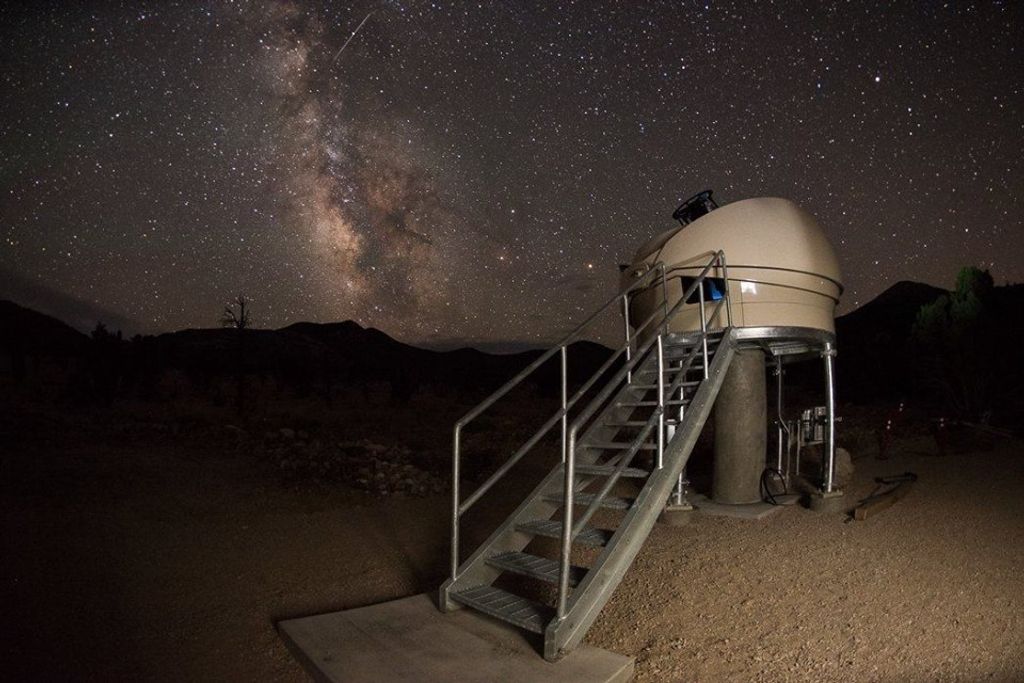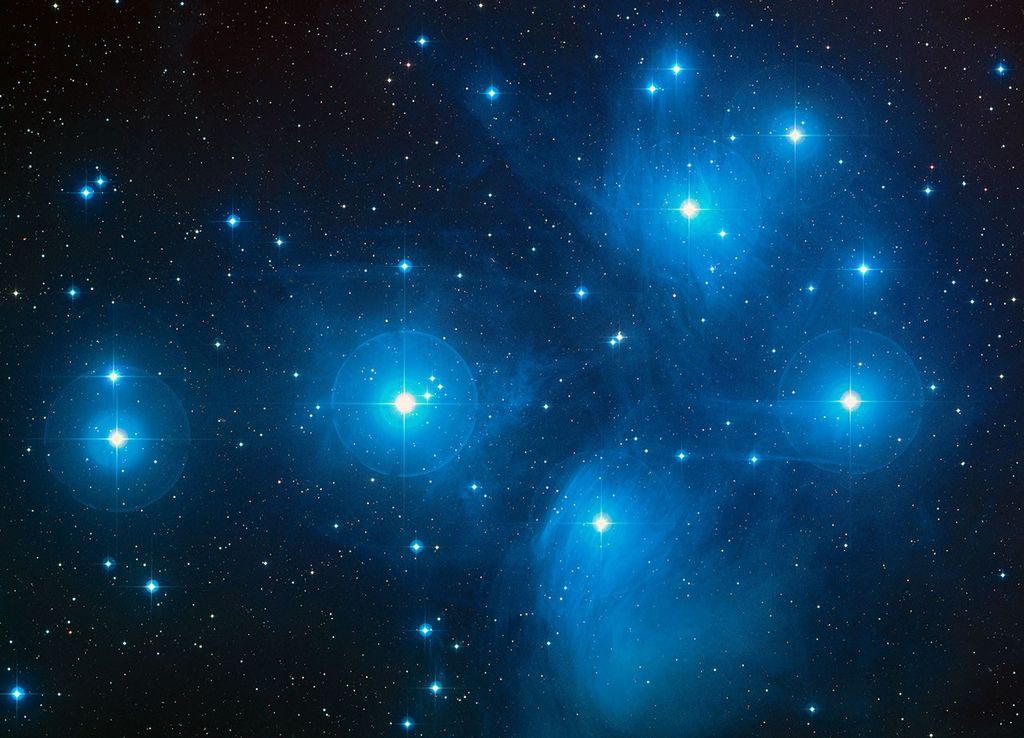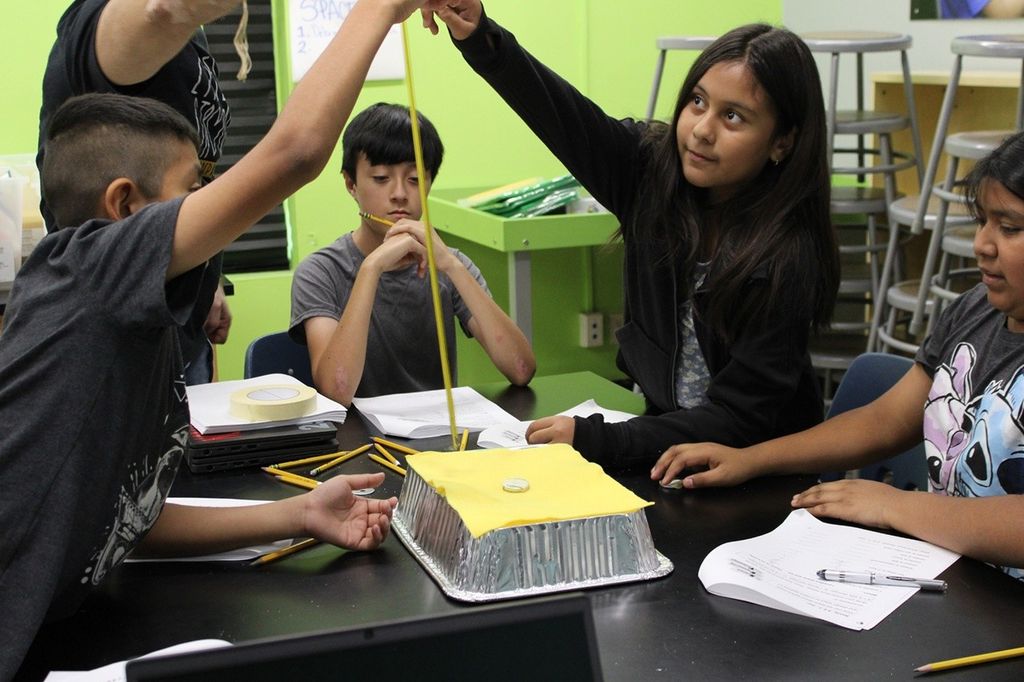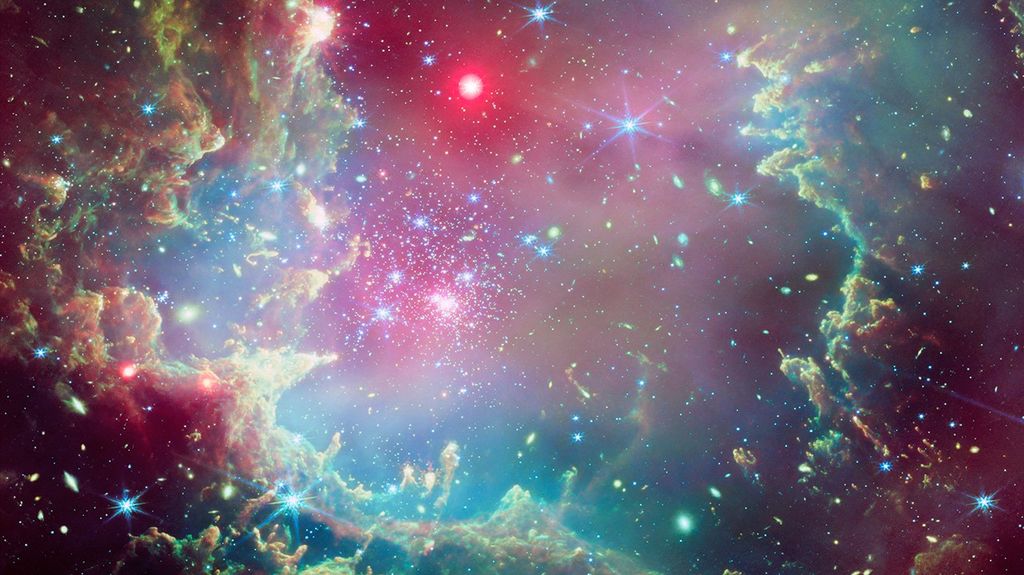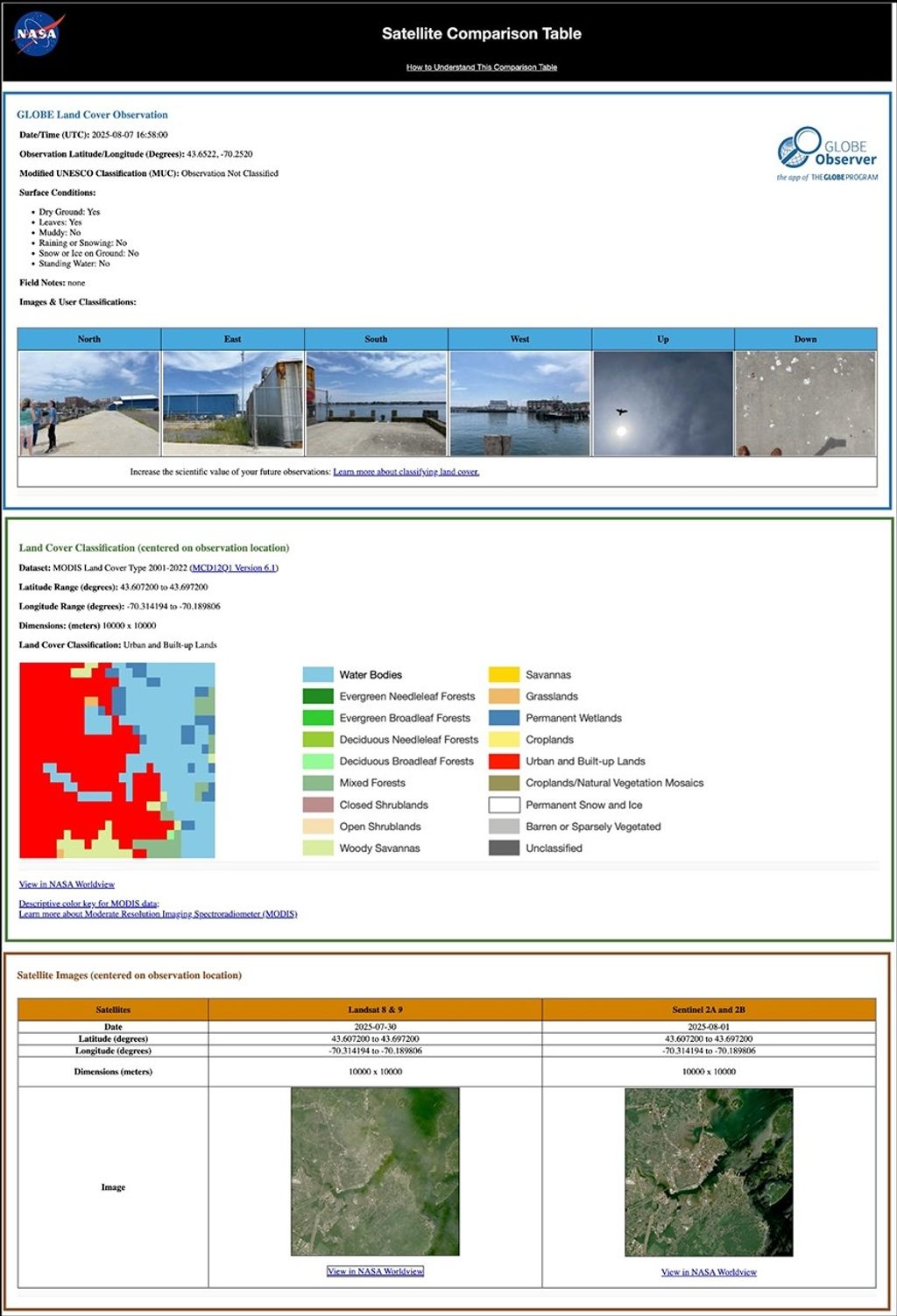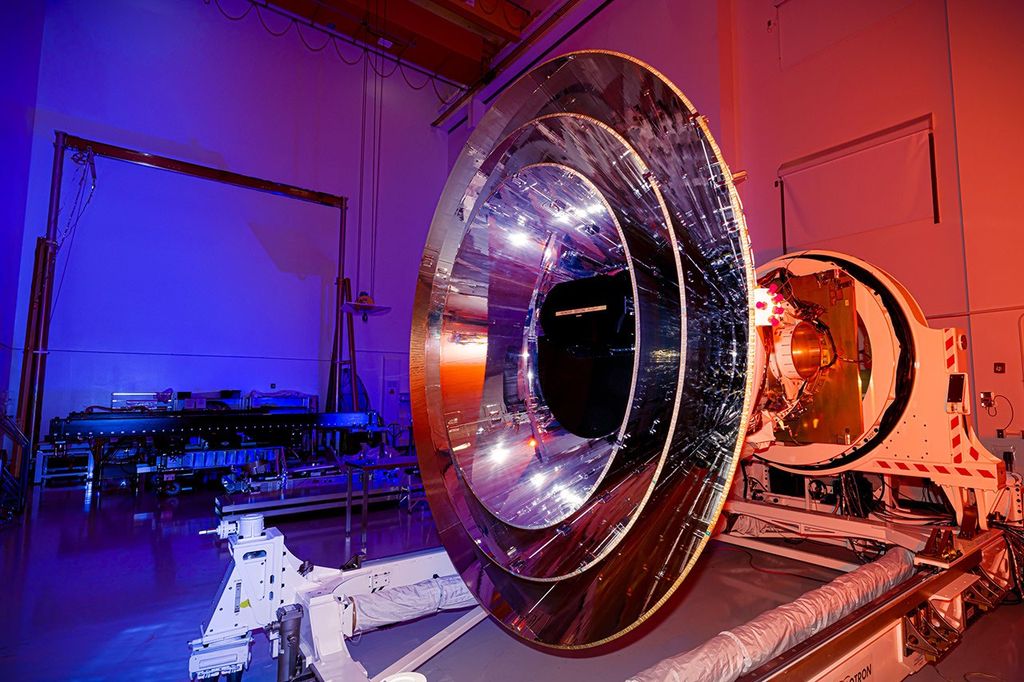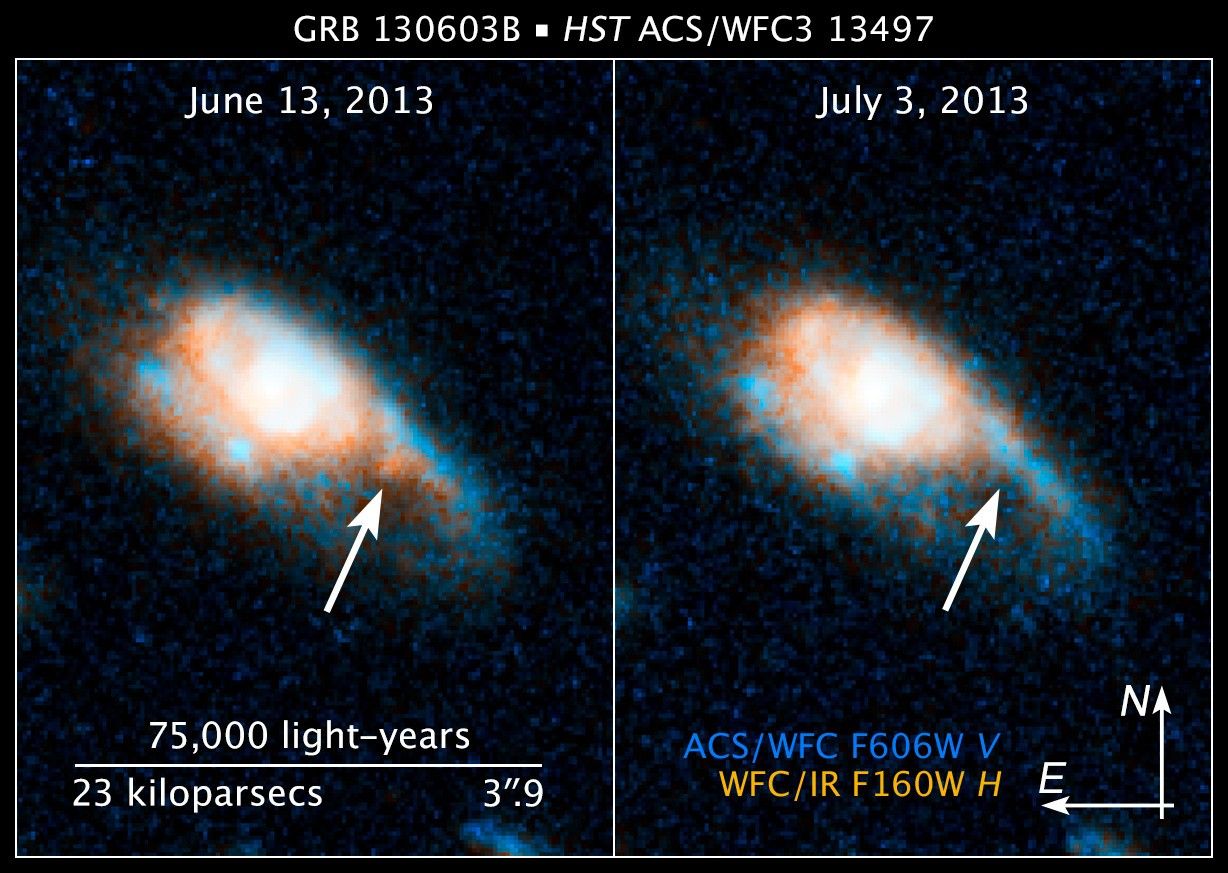1 min read
Stellar Merger Model for Gamma-ray Burst
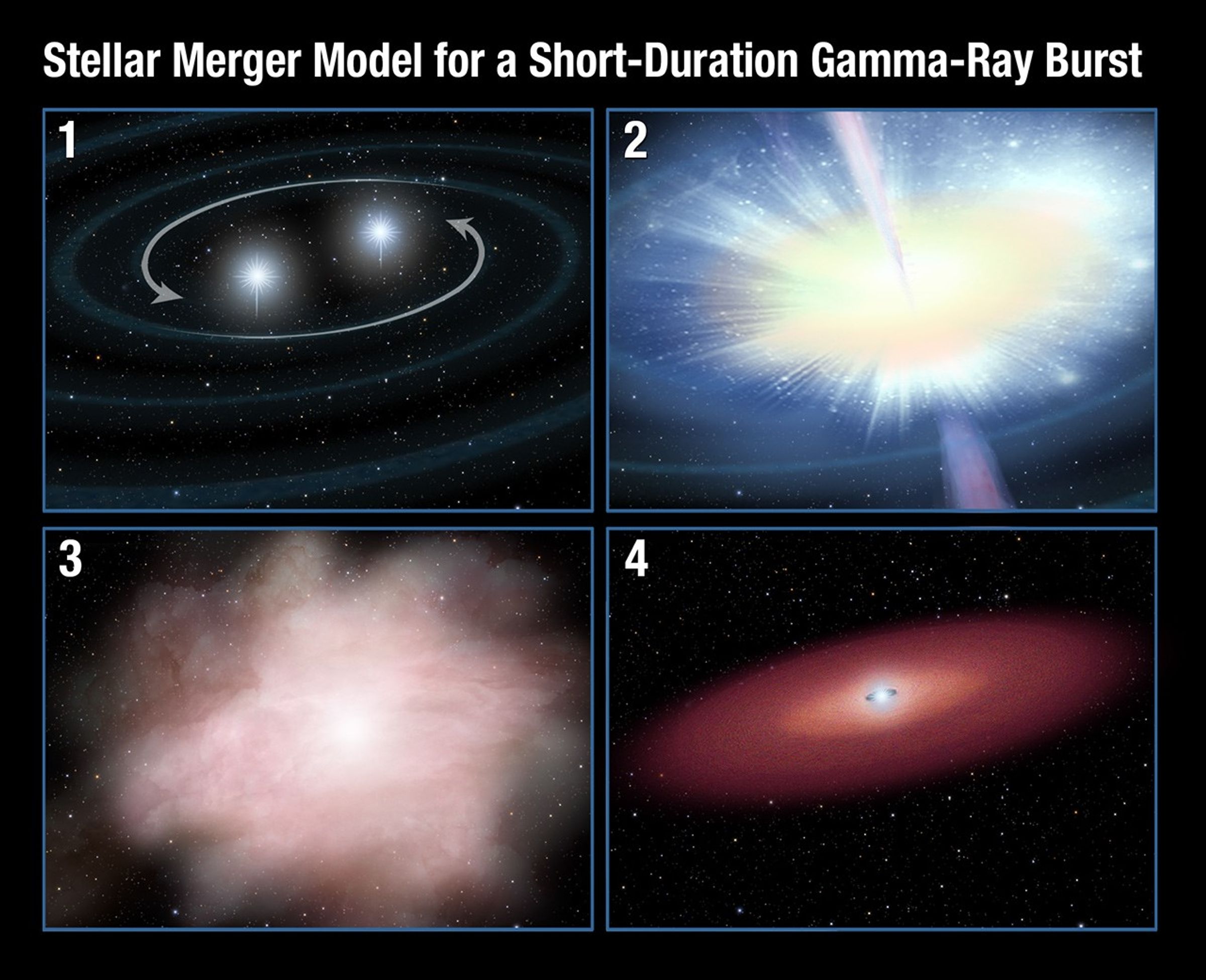
Panel 1: A pair of neutron stars in a binary system spiral together. Orbital momentum is dissipated through the release of gravity waves, which are tiny ripples in the fabric of space-time.
Panel 2: In the final milliseconds, the two objects merge and produce a gamma-ray burst lasting just one-tenth of a second.
Panel 3: A small fraction of the mass of the merging neutron stars is flung out during the merger. This hot, highly radioactive material expands and its outer layer thins enough for infrared light to escape. At its peak brightness (within a week and a half of the merger) the explosion is about a thousand times brighter than a classical nova and so is called a "kilonova."
Panel 4: A massive neutron star or black hole remains after the event with a remnant debris disk in orbit around it.
- Release DateAugust 3, 2013
- Science ReleaseHubble Finds ‘Smoking Gun’ After Gamma-Ray Blast
- Credit
Related Images & Videos

Gamma-ray Burst 130603B
These images taken by NASA's Hubble Space Telescope reveal a new type of stellar explosion produced from the merger of two compact objects. Hubble spotted the outburst while looking at the aftermath of a short- duration gamma-ray burst, a mysterious flash of intense high-energy...
Share
Details
Claire Andreoli
NASA’s Goddard Space Flight Center
Greenbelt, Maryland
claire.andreoli@nasa.gov






